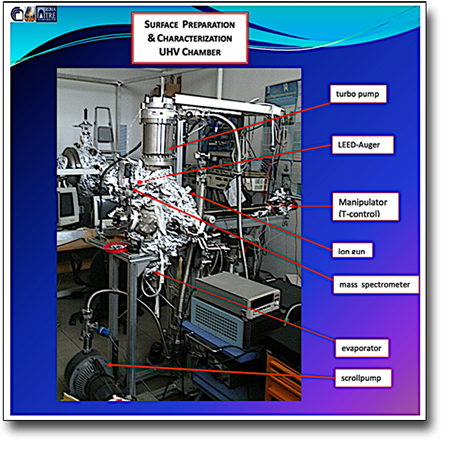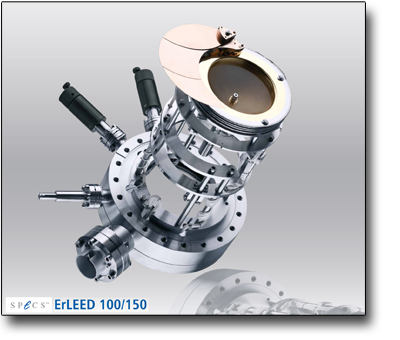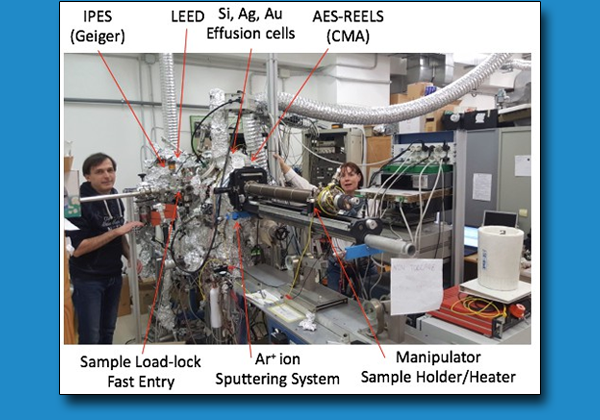RICIRCOLA "The factory towards a circular economy: from the recovery of plastic to the end-of-life of vehicles", MISE Call for Sustainable Growth Fund - MD 1st June 2016, "Horizon 2020" PON "Business and Competitiveness" 2014/2020 Budget: 3,974 MEuro; CNR-ISM/IMAA: gross 1,217 MEuro - net 730 kEuro; Partners: Fiat Research Center - CRF SCpA (Lead Partner), MECTRA Srl and CNR-ISM.
The Ricircola project had its objective in the development of the new circular economy paradigm to be transferred within the production cycle of the automobile FCA Melfi plant (ITALY) by carrying out an energy-environmental scenario analysis and evaluating the intervention and recycling methods of thermoplastic materials deriving from both production waste and end of life vehicles. The activities carried out by the CNR were thus divided into: 1) the implementation of the partial equilibrium model and scenario analysis for the energy-environmental sustainability of the Melfi FCA production plant; 2) the analysis of waste plastic materials for enhancing their reuse through nobilitation processes. The scenario analysis carried on during the project has highlighted the capability of the TIMES4FCA model customized on the basis of various hypotheses provided exogenously. These offered innovative outputs and solutions to be adopted within the FCA Melfi plant for the optimization consumption and flows of energy commodities (natural gas, electricity, heat and cold) and consequent reduction in the release of pollutant emissions into the atmosphere. On the basis of the evaluations carried out, it has been identified, also considering the introduction of new approaches and materials to be used for the production of aesthetic plastic components, that, in a period of 7 years, it can be decreased the costs of: 23% electricity, 43% heat, 14% cooling energy, 28% natura gasl. Emissions of volatile organic compounds (VOCs) could as well be eliminated together with a reduction of 40% of all emissions associated to combustion processes.
For enhancing the reuse through nobilitation processes of waste of non-metallic components produced at the Melfi FCA plant together with those deriving from the End-of-Life Vehicles (ELV), various diagnostic procedures have been defined. Among these, the rapid recognition of the materials under investigation has been performed by materials "finger-prints" provided by the Laser Induced Breakdown Spectroscopy LIBS spectroscopic technique. Moreover, a complete chemical-physical characterization of the plastic materials has been obtained through the use of Raman spectroscopy (µ-Raman), thermogravimetric analysis (TGA, DTA, DSC), morphological analysis by scanning electron microscopy (SEM) and mineralogical analysis by X-ray diffraction (XRD).
In order to support the experimental activities, theoretical simulations have been accomplished. With this purpose ab-initio calculations have been used for investigating the chemical-physical properties involved at the interface between the polymeric matrices and the different inorganic phases used for the realization of aesthetic and non-aesthetic plastic components of automobiles. The data obtained have turned out to be fundamental for the subsequent definition of the morphology and chemistry of the additives to be used. As a consequence of these, in order to obtain new recycled technopolymers there has been the need of appropriately choosing both the type and the quantities of mineral nanofillers to be considered so that the reused materials could fulfil the mechanical specifications required in the automotive sector. Another important result obtained during the project was the demonstration of how the microstructuring induced on polymer surfaces through the incidence of ultrashort laser pulses (120 fs) can, due to a strong increase in the wettability of the material, play a substantial improvement for successive manufacturing processes such as the painting of the aesthetic components (e.g. bumpers).




 English (UK)
English (UK)  Italiano (Italia)
Italiano (Italia)